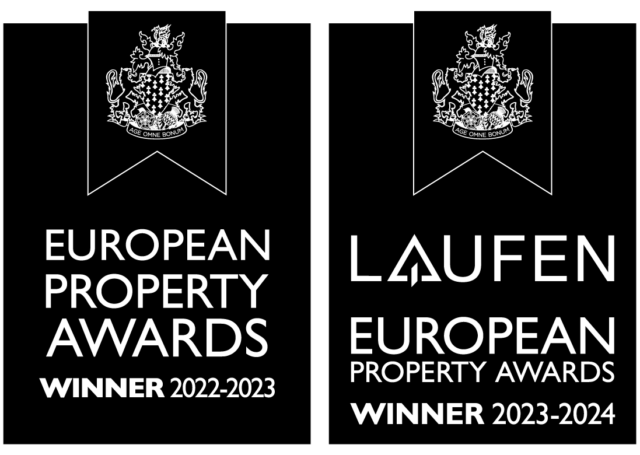Investing in rental properties can be one of the most rewarding ways to build long-term wealth, but it can also be a complex process for beginners. With the right knowledge and strategy, you can turn real estate into a steady stream of passive income while growing your investment portfolio. Here’s a guide to help you get started.
- Understanding Rental Property Investment
Rental property investment involves purchasing residential or commercial properties with the intention of renting them out to tenants. The rental income generated from these properties provides a monthly cash flow, while the property itself appreciates over time, leading to potential profit when you eventually sell.
The goal is to find properties where the rental income exceeds the cost of owning the property, which includes the mortgage, property taxes, insurance, and maintenance.
- Finding the Right Property
The first step is to choose a property that offers a good return on investment (ROI). Look for areas with strong rental demand, such as neighborhoods close to schools, employment hubs, or public transportation. Research local market trends to understand property values, vacancy rates, and the average rent in the area.
When evaluating a property, remember the “1% Rule,” which suggests that your monthly rental income should be at least 1% of the purchase price. For example, if you buy a home for €200,000, the rent should be around €2,000 per month.
- Financing Your Investment
Most investors use a mortgage to purchase rental properties. To qualify for a loan, you’ll need a good credit score, a solid down payment (usually 20-25% for investment properties), and a stable income. You may also want to explore financing options such as conventional loans, government-backed loans, or even partnering with other investors.
Make sure to factor in all costs associated with owning a rental property, including property management fees if you won’t be managing the property yourself.
- Calculating Your ROI
Before purchasing a rental property, calculate the potential ROI to ensure it’s a worthwhile investment. To do this, estimate your annual rental income, subtract the operating expenses (mortgage, maintenance, taxes, and insurance), and divide the result by the property’s purchase price.
For example, if your property costs €250,000, and you expect €30,000 in annual rent with €15,000 in expenses, your net income would be €15,000. Dividing that by the purchase price gives you a 6% ROI. A good target for rental property ROI is generally between 6% and 10%.
- Managing Your Rental Property
Once you’ve purchased a rental property, the next step is managing it effectively. This includes finding reliable tenants, setting clear lease terms, and ensuring the property is well-maintained. Property management can be time-consuming, so you might want to hire a property management company if you’re investing in multiple properties or live far from your rental.
Investing in rental properties can be a lucrative way to generate passive income and build wealth over time. By researching the market, choosing the right property, and carefully managing your investment, you can start reaping the benefits of real estate investing.

